Alcohol’s Effects on Testosterone: Risks, Symptoms, and Recovery Options
Written by Jonathan Strum
& Medically Reviewed by Dr. Jessica Pyhtila, PharmD
Medically Reviewed
Up to Date
Updated 03/02/2022
Changes in testosterone levels caused by drinking alcohol can have far-reaching health consequences in both men and women. In some cases, these effects can be reversed.
Alcohol’s impact on the endocrine system, the part of the body that regulates hormones, is well known among experts. Drinking impacts many hormones throughout the human body, including hormones like testosterone that are involved in sexual function.
Alcohol and Testosterone in Males and Females
Alcohol is one of the most commonly abused substances worldwide. Overall, about 7.4% of Americans have an alcohol use disorder. The problem may be even worse in Florida, where 15% of adults reported binge drinking in 2014 and 16.6% of high school students reported binge drinking in 2013.
Although many people think of testosterone as a male hormone, it is important for both male and female physiology. In men, it is responsible for libido, sperm production and bone and muscle mass. In women, testosterone plays a role in reproductive health and bone mass. Drinking is known to impact testosterone levels in both men and women. Given the high prevalence of drinking in America, many people may be at risk for testosterone-related problems.
Alcohol and Male Testosterone
Drinking affects testosterone by influencing a circuit in the body called the hypothalamic-pituitary-gonadal (HPG) axis. Chemicals in this axis control the production of both testosterone and sperm. Drinking throws off this hormonal cycle, leading to lower testosterone levels. In turn, the body’s ability to make sperm decreases, which also negatively affects fertility.
Doctors think this occurs due to factors like alcohol byproducts, enzymes that the body uses to break down alcohol and similar chemical reactions.
Some men will not have symptoms of low testosterone, while other men will be symptomatic. Symptoms can include:
- Low sex drive
- Erectile dysfunction
- Ejaculation problems
- Decreased hair on the body and face
- Decreased bone density and muscle mass
- Increased body fat
- Fatigue
- Weakness
- Anxiety
- Sweating
- Anemia

Did you know?
Many insurance companies will cover the cost of treatment for drug and alcohol addiction. Verify your insurance benefits with The Recovery Village Palm Beach at Baptist Health.
Alcohol and Female Testosterone
Drinking affects a woman’s HPG axis in similar ways. However, testosterone levels in women may increase after drinking, possibly causing changes in female sex characteristics like fat distribution and body hair.
The female menstrual cycle is also controlled by the HPG axis, which adds to the complexity of hormonal disruption from drinking. Drinking can increase estrogen levels and decrease progesterone levels, leading to fertility problems and menstrual irregularities.
Different Types of Alcohol and Testosterone
Little research has been conducted into different types of alcohol and how they impact testosterone. Many people think that beer may lower testosterone levels more than other types of alcohol due to the plant-based estrogens in hops. However, there is little evidence that beer has a greater impact on testosterone than other forms of alcohol.
Plant-based estrogens are found in a variety of common foods, such as wheat and potatoes. However, these foods do not have a known link to low testosterone. One older study showed that both beer and wine decreased testosterone levels. The only difference was in the timing of the lower testosterone levels and the blood alcohol levels at which the effects occurred.
How To Reverse Effects of Alcohol on Testosterone Levels
Fortunately, low testosterone levels can be reversed after several weeks of not consuming alcohol. Further, researchers have found that many of the effects of low testosterone, such as erectile dysfunction, are also reversible. Testosterone replacement therapy is also available.
Alcohol and Testosterone Replacement Therapy
Some testosterone replacement products are FDA-approved for men with low testosterone caused by drinking. It’s advised to refrain from drinking while using testosterone products to avoid worsening the problem. Further, testosterone is a Schedule III controlled substance with a risk of abuse, addiction and dependence. Combining an addictive substance like testosterone with another addictive substance like alcohol — especially if your struggle with alcohol use has led to low testosterone levels — may be risky.
Long-Term Hormonal Effects of Alcohol Abuse
Some effects of alcohol abuse, including changes in testosterone levels, are reversible. However, drinking can also cause hormonal changes that increase the risk of some irreversible health conditions. These include:
- Diabetes, especially with heavy drinking
- Permanent immune system dysfunction, which increases susceptibility to some cancers
- Reduced brain mass
- Cardiovascular disease
- Liver disease
- Low bone mass, which increases the risk of fractures
Finding Help for Alcohol Abuse
If you struggle with drinking and are trying to overcome it, it is important to find a rehab facility that can effectively treat alcohol use disorder. A key part of cleansing your body is finding a detox facility that specializes in helping people carefully taper off alcohol while avoiding withdrawal symptoms. Additionally, a rehab facility staffed with alcohol addiction experts will be invaluable in helping you start an alcohol-free life. Our experts at The Recovery Village at Baptist Health are here to help you successfully quit drinking. Contact us today to learn more about programs that can work well for your needs.
Are you or a loved one struggling with addiction?
Our Recovery Advocates are available 24/7 to help.
FAQ
Does alcohol lower testosterone?
Lower testosterone levels in men is a known side effect of alcohol use. In women, drinking may cause testosterone levels to increase.
How much does alcohol lower testosterone?
Alcohol’s impact on hormones like testosterone depends on the amount that you drink. Generally, higher amounts of alcohol will have more impact on your hormone levels.
Will quitting alcohol increase testosterone?
Testosterone levels have been shown to increase after several weeks of sobriety.
Does alcohol increase testosterone in females?
Drinking can raise testosterone levels in females, as well as cause other hormonal abnormalities.
What are the effects of alcohol on testosterone and sex drive?
Low testosterone from drinking can decrease libido, cause erectile dysfunction and make it difficult to ejaculate.
View Sources
Rachdaoui, Nadia; Sarkar, Dipak K. “Pathophysiology of the Effects of Alcohol Abuse on the Endocrine System.” Alcohol Research Current Reviews, 2017. Accessed October 25, 2020.
Sarkola, Taisto; Fukunaga, Tatsushige; Mäkisalo, Heikki; Eriksson, Peter. “Acute Effect of Alcohol on Androgens in Premenopausal Women.” Alcohol and Alcoholism, January 2020. Accessed October 25, 2020.
Rivas, Ana Marcell; Mulkey, Zachary; Lado-Abeal, Joaquin; Yarbrough, Shannon. “Diagnosing and managing low serum testosterone.” Baylor University Medical Proceedings, October 2014. Accessed October 25, 2020.
Martin, Sean A.; Atlantis, Evan; Lange, Kylie; et al. “Predictors of Sexual Dysfunction Incidence and Remission in Men.” Journal of Sexual Medicine, February 18, 2014. Accessed October 25, 2020.
Bushak, Lecia. “Do Hoppy Beers Cause Man Boobs, Higher Estrogen Levels, And ‘Brewer’s Droop’?” Medical Daily, June 22, 2015. Accessed October 25, 2020.
Couwenbergs, C.J. “Acute effects of drinking beer or wine on the steroid hormones of healthy men.” Journal of Steroid Biochemistry, October 1988. Accessed October 25, 2020.
Ruusa, J., Bergman, B., Sundell, M.L. “Sex hormones during alcohol withdrawal: a longitudinal study of 29 male alcoholics during detoxification.” Alcohol and Alcoholism, October 1997. Accessed October 25, 2020.
U.S. National Library of Medicine. “Androgel.” April 20, 2020. Accessed October 25, 2020.
Rachdaoui, Nadia; Sarkar, Dipak K. “Effects of Alcohol on the Endocrine System.” Endocrinology and Metabolism Clinics of North America, September 1, 2014. Accessed October 25, 2020.
Centers for Disease Control and Prevention. “PSRs by State.” April 10, 2019. Accessed October 25, 2020.
National Institutes of Health. “Understanding How Testosterone Affects Men.” September 23, 2013. Accessed October 25, 2020.
Authorship


 Insurance
Insurance About Us
About Us Our Facility
Our Facility Admissions
Admissions Programs
Programs Medical Detox
Medical Detox Inpatient Rehab
Inpatient Rehab Aftercare & Recovery
Aftercare & Recovery
